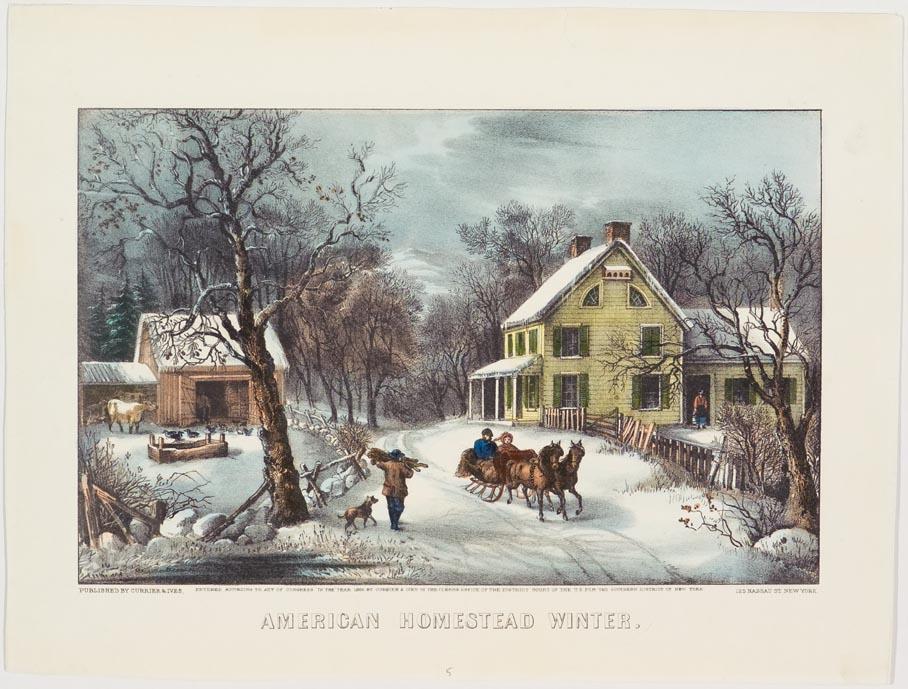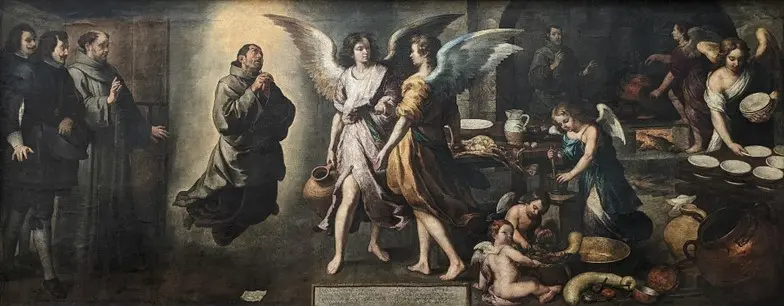PINE BUSH—Like a kid’s room packed with favorite things, Ron Ferdinand’s tiny home studio has walls covered with cartoon drawings, sketches, news clippings, and shelves of plastic figures.

Ferdinand, who lives in Pine Bush, has worked on the “Dennis the Menace” comic strip since 1981. He now does the Sunday edition of the strip for the King Features syndicate which regularly runs it in about 1,000 newspapers. The strip has been in the top ten of popular comic strips almost since its inception in 1951.
Heyday of Comics
In the early 1900s William Randolph Hearst, who started King Features, saw the potential of comics, Ferdinand said. “He was the one who really pushed comics.”
“The axiom always was comics are the only original thing that a newspaper has to offer that you can’t get anywhere else,” Ferdinand said. People would buy a newspaper just to read what happened in a serialized comic strip.
Ferdinand and the comic strip arrived the same year—1951. He loved to draw at an early age. “I always loved to draw as a kid. I just wanted to read cartoon comic books.” He drew wherever he could find space—on notebooks, walls, corners of textbooks. “I would just draw on everything.”

His family was a hardworking middle-class family from Queens. “They didn’t have a lot of money.” He begged to take an expensive mail order art instruction course, and his parents agreed.
His dream was to work for the Disney company. In 1972 Ferdinand attended the School of Visual Arts in Manhattan and learned from the great cartoonists and illustrators of the day—Stephen Shore and Marty Abrahams. He happened to meet one of “the nine old men” of Disney, Milt Kahl, who worked on “Snow White.”
Kahl advised the young man to send samples to Disney. The company wanted animators who were skilled in drawing the human figure.
Ferdinand wasn’t. “Animation is anatomy drawing in cartoon form. You have to know movement and muscles. I spent so much time on technical stuff that I wasn’t focused on anatomy.” He studied anatomy at the Art Students League under Gustav Rehberger.
He married and found a job screen printing circuit boards all the while sending out letters for a job as a cartoonist.
In 1980 Ferdinand read a profile of Hank Ketcham in the now-defunct Cartoonist PROfiles magazine. Ketcham was the revered originator of the “Dennis the Menace” comic strip, “one of the most popular and widely syndicated comic panels of all time,” according to the King Features website.
Ketcham wanted to train cartoonists.
“I bought a couple of ‘Dennis’ books, sketched the characters in pencil, and mailed them to him,” Ferdinand said. Ketcham responded that he liked the samples. He had hired two cartoonists but said he might need another.
Ketcham and Ferdinand corresponded for about six months. In 1981 Ketcham flew the young man to Monterey, California. At the end of two weeks, Ketcham said he was interested in hiring Ferdinand.
Ferdinand never looked back. He and his wife moved to California and he learned his craft from the master. It was at first difficult to train during a regular workday. “There you had to learn the nitty gritty of producing whether you wanted to or not,” he said.
He and two other cartoonists-in-training got daily critiques from Ketcham. “He was the master and the three of us were apprentices.”
Creating a Comic Strip
Each Dennis comic strip starts with a script from writers that Ferdinand works with. He edits the script then sends it off to Scott Ketcham, Hank’s son, who now runs the franchise.
Once the script is ready, Ferdinand does “a rough” sketch and sends it to Scott who makes suggestions. Ferdinand considers himself “old school” as he sketches each strip on a light board with drawing tools. He said about half the cartoonists working today use the traditional method while the rest work directly on the computer.
He works the strip on a large sheet of tracing paper, first in pencil then in marker.
He reduces the finished drawing to newspaper size and sends it to Scott who makes the final approval. Ferdinand prepares a color guide for the company that produces the final product.
The strips are done two months in advance. Each strip consists of six blocks of the same size, which allows newspapers to fit the strip on the page to fit their needs.
Comic Strip Character
Amazingly, a British “Dennis the Menace” began the same year as the American version. Ferdinand said it’s “purely coincidence.” The British version shows a character with black hair and a dog named Gnasher while the American version of Dennis is blonde who has a dog named Ruff.
Ketcham’s view of the mischievous five-and-a-half year old emerged over the years. The strip was about a neighborhood. “Hank wanted to keep it very realistic,” Ferdinand said. “He wanted to keep it close to home.”
The Dennis character will always remain an innocent five-year-old. Ferdinand said when children are six they start school and “get a whole different head space.” The comic book character never ages. “Every year Dennis turns six on his birthday and then he goes back to being five.”
The character evolved. When the strip started, Ferdinand said Dennis was “very, very wild. It was more of a Warner Brothers type thing.” He described an early cartoon of two swans talking. One has its neck tied in a knot and warns the other about Dennis, the kid in the overalls on the shore.

Ketcham toned it down to portray the cartoon character as an innocent who gets into trouble, “very rambunctious and excitable” but not deliberately a menace.
Dennis the Menace lives in Kansas City. That came about when Ketcham planned a Broadway musical based on his strip. A touring company starred Gavin McCloud and Marian Ross as Mr. and Mrs. Wilson.
Ketcham passed away during the tour and the project lost steam, Ferdinand said. “Kansas City was where they decided Dennis lived for the musical.”
Marcus Hamilton, who lives in Charlotte, North Carolina, does the daily strip. Ferdinand may contribute to the daily strip if Hamilton falls behind.
Ferdinand, garrulous and outgoing, balances the solitary work of a cartoonist with regular use of Facebook. On his Facebook page he shares “a Dennis memory. On a good day I'll get a 100 readers,” he said. “Facebook is like a social outlet.”
To contact this reporter, email [email protected]






